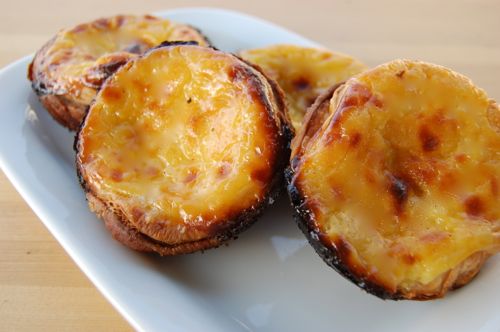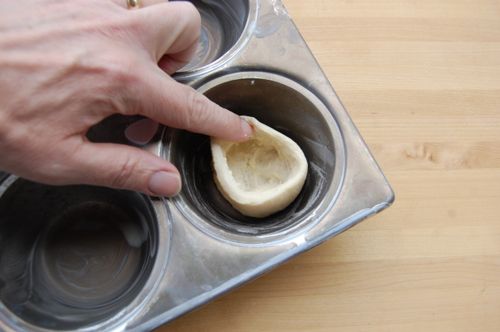On Yellow Cake Layers
Reader Rosemarie writes in with an interesting question:
Of all the cakes, including Sponge, Chiffon, Genoise… which type do you think is the CLOSEST in light consistency and texture to a boxed yellow cake mix for a layer cake? I tried a Sponge, which although spongy, the air holes are bigger and the crumb is more coarse. My jelly roll is most like it but I can tell that it wouldn’t have the strength to bear up under frosting and other layers. I think it has to have some fat content.
READ ON


